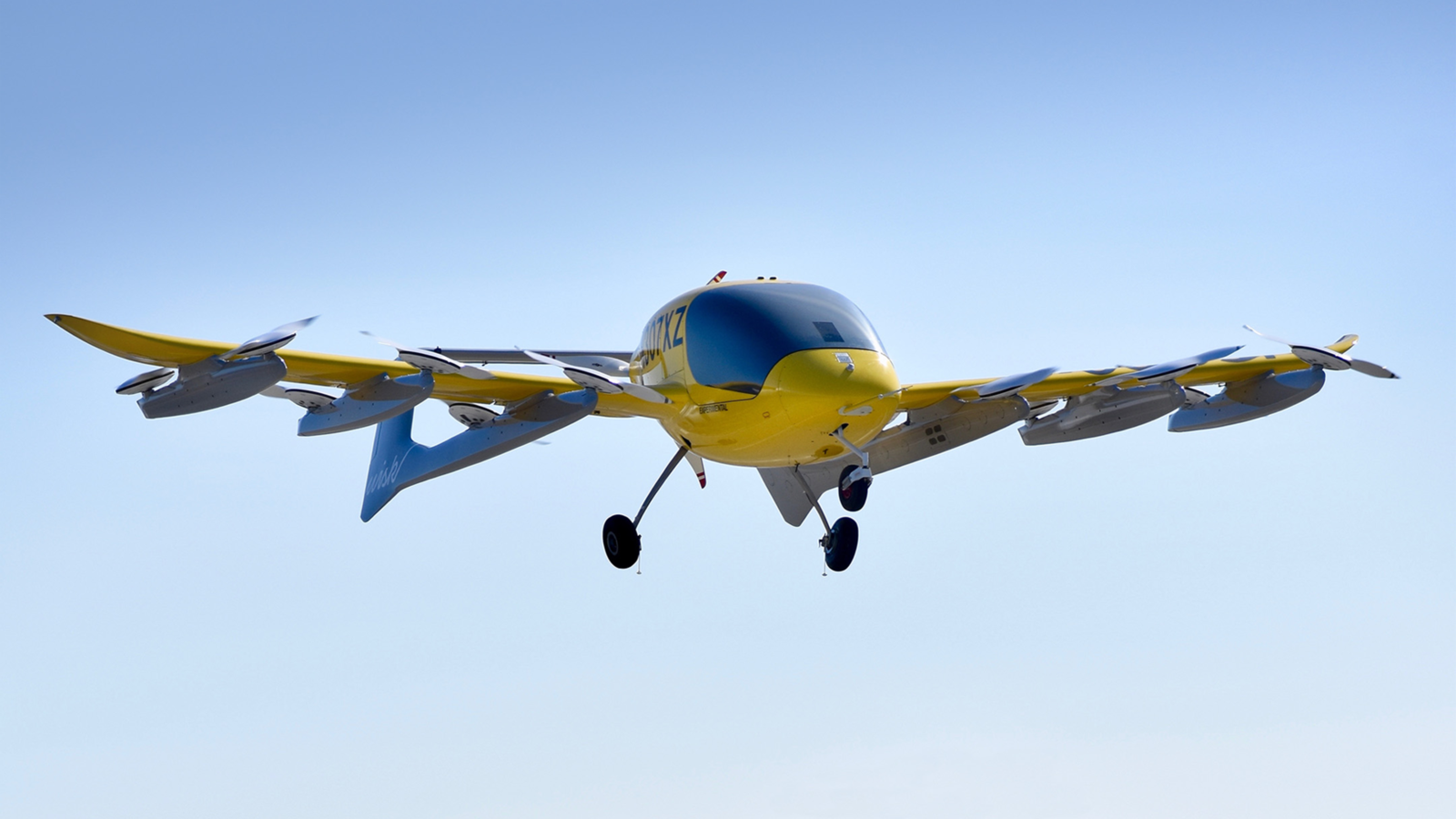Stay Up to Date
Submit your email address to receive the latest industry and Aerospace America news.
Boeing’s announced $450 million investment in Wisk Aero could help with certification and delivery of its passenger rotorcraft
Wisk Aero, the Silicon Valley company that aims to ease metropolitan congestion with its self-flying rotorcraft, has set a challenging schedule for itself. In mid to late 2022, the company plans to roll out the prototype of the aircraft it plans to start flying customers aboard no later than 2030.
“This decade for sure,” CEO Gary Gysin told me in an interview.
That is a relatively fast timeline for a new type of aircraft to be certified by FAA and built in sufficient numbers to enter service at scale — particularly an aircraft that will be self-flying.
This is where Boeing comes in. In January, the aerospace manufacturing behemoth announced a $450 million investment in Wisk to be made in a series of installments, making Boeing a full-fledged partner in Wisk’s aircraft development and signaling that it is a true believer in the potential of the advanced air mobility market of eVTOLs, electric vertical takeoff and landing aircraft. “Boeing knows how to certify and deliver an aircraft,” Gysin said.
Boeing says Wisk — the successor company to Zee Aero — has shown enough promise with the five eVTOL prototypes it has already built since 2010 and put through flight-testing paces (1,500 test flights in all) to warrant the significant investment.
Brian Yutko, Boeing’s chief engineer for sustainability and future mobility, told me in an interview that Wisk is on the verge of realizing “a giant leap,” adding: “We think the time is right to be investing in this technology. Wisk has done a huge amount of [eVTOL] experimentation over the last decade. We think a Wisk eVTOL vehicle can be assembled into something that can be certified. The technology deserves advancing.”
Another factor: Wisk’s all-electric vertical takeoff and landing aircraft fits with Boeing’s stated goal of decarbonizing aviation.
“Advanced technology is one of the pillars of our sustainability strategy,” Heidi Hauf, Boeing’s Asia-Pacific sustainability lead, said. “We are always looking for ways to reduce our environmental impact. Wisk is a really exciting part of that pillar, given that their eVTOL is a zero-emissions aircraft.”
Gysin said the all-electric design will make the aircraft low-cost to operate, and that’s necessary for achieving the company’s business plan: “We’re not doing this to develop a premium service only for high-end passengers,” he said. “We want to reach the broad public.”
With an expected range of 25 miles (40 kilometers), Gysin said the aircraft will be especially valuable to people commuting in congested metropolitan areas. Within five years after beginning passenger service, Wisk aims to operate 14 million annual eVTOL flights across 20 metropolitan areas. The company says that’s about 40 million passengers each year.
While a specific size of the aircraft has not been revealed, the sixth-generation vehicle will be larger than the five two-seater eVTOL prototypes the company has already built and test flown, Gysin said.
Wisk and Boeing are putting together a joint eVTOL development team. Boeing will help Wisk “scale up to high-rate manufacturing” much faster than the AAM company could achieve without Boeing, Gysin said.
“Boeing has intellectual property rights that we are leveraging,” he told me. “We’re leveraging the knowledge of Boeing’s technology folks. Boeing will also give us policy support and global reach. We’ll be able to get [eVTOL aircraft] into regions of the world that would be hard to get into on our own. The partnership is very, very broad and heavily leveraged on the technology development side.”
About Aaron Karp
Aaron is a contributing editor to the Aviation Week Network and has covered the aviation business for 20 years. He was previously managing editor of Air Cargo World and editor-in-chief of Aviation Daily.
Related Posts
Stay Up to Date
Submit your email address to receive the latest industry and Aerospace America news.




